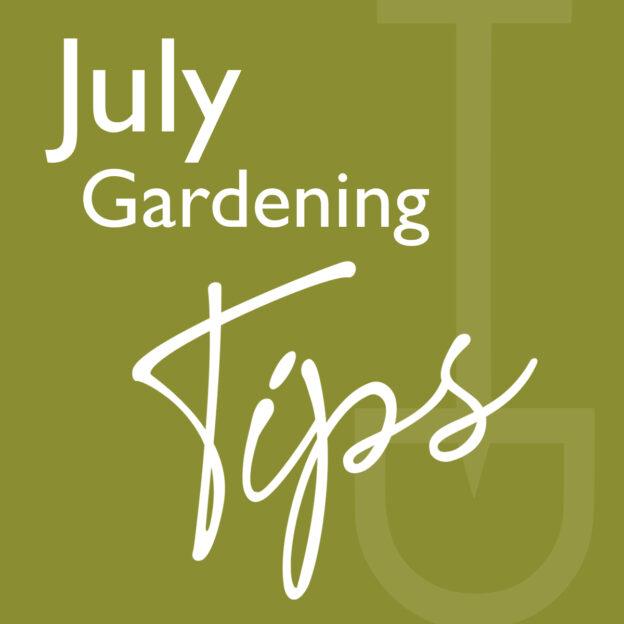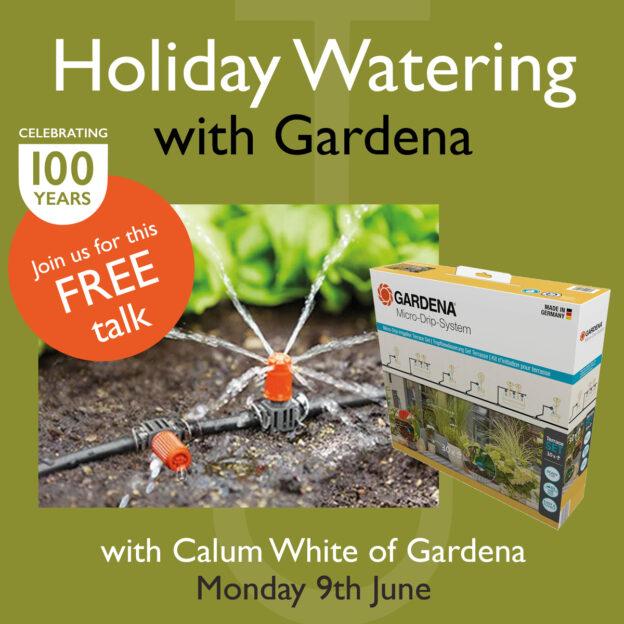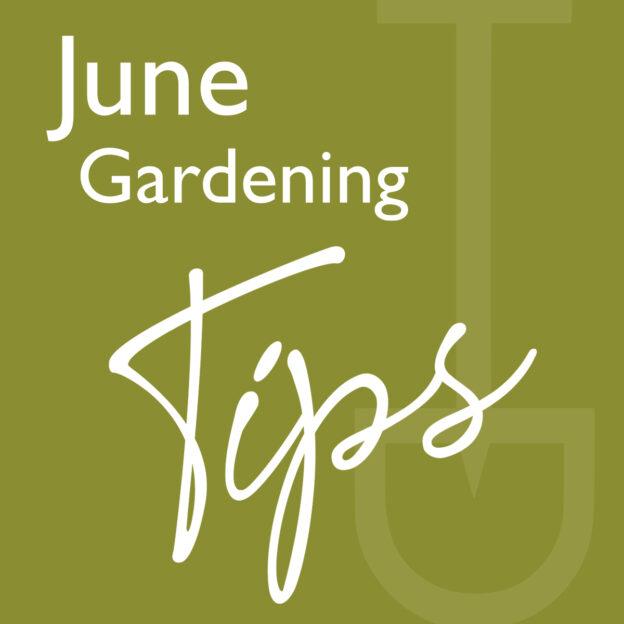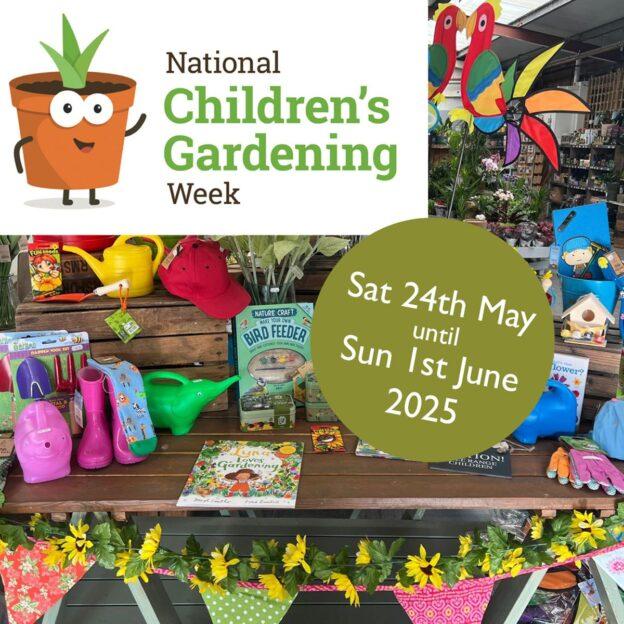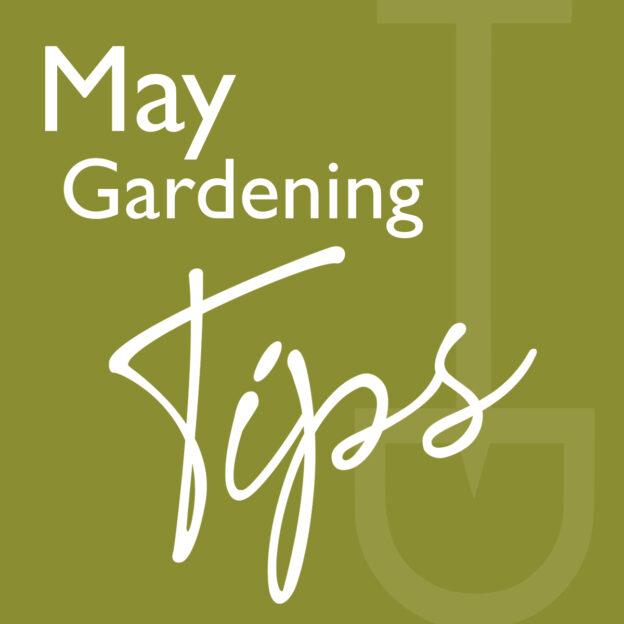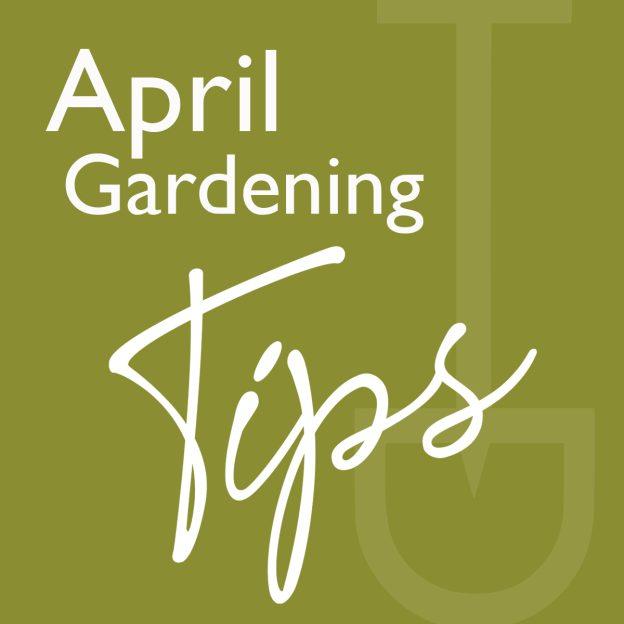July is a glorious month in the garden. With long daylight hours, warm temperatures and a riot of colour, this is when outdoor spaces truly come into their own. But to keep everything looking its best — and to make the most of time outside — it’s worth knowing what to prioritise, what to plant, and which tools or accessories will make the job easier
Whether you’re a seasoned gardener or simply want to enjoy more relaxing moments outdoors, here are our top tips and recommendations for the month ahead.
1. Water Wisely
Why it matters: July often brings dry spells, so your garden will need extra hydration to thrive. But how you water is just as important as how often.
Practical Tips:
– Water in the early morning or evening to reduce evaporation and prevent leaf scorch.
– Water deeply rather than little and often — this encourages deeper roots and helps plants withstand dry spells.
– Mulch around plants with 5–8cm of bark, compost or straw to help retain moisture and suppress weeds.
– Water deeply but infrequently, ideally in the early morning or late evening.
– Edge the lawn for a clean, defined look — it makes a surprisingly big visual impact.
Recommendations:
– Soaker hoses or drip irrigation kits provide slow, targeted watering — ideal if you’re heading off on holiday.
– Rainwater butts are a sustainable way to collect water — and rainwater is better for your plants than tap water.
Where to look in-store: Browse our Gardena irrigation range in the Top Shop, just before the outdoor plant area.
2. Deadheading & Pruning
Why it matters: Removing spent flowers encourages more blooms and prevents plants from going to seed.
Practical Tips:
– Regularly deadhead roses, dahlias, cosmos and sweet peas.
– Cut back hardy geraniums and perennials that have finished flowering to encourage a second flush.
– Prune early summer-flowering shrubs once they’ve finished blooming.
Recommendations:
– Try out ergonomic secateurs before buying — Darlac even make left-handed versions.
– Felco Secateurs are a favourite among professionals. If you’re after something more affordable, we recommend Darlac — high-quality tools with replaceable parts and a lifetime guarantee.
Where to look in-store: We stock Felco, Darlac, and Wilkinson Sword tools.
3. Feed Flowers and Fruits
Why it matters:Many plants benefit from an extra boost in mid-summer to prolong flowering or fruiting.
Practical Tips:
– Use a high-potash feed (such as tomato fertiliser) for flowers and veg.
– Feed roses every two weeks with a rose-specific feed.
– Apply slow-release pellets to containers and hanging baskets.
– Liquid feeds are best for peat-free compost, which absorbs them more effectively than granular types.
Recommendations:
– Liquid seaweed fertiliser is a great all-round, environmentally friendly option.
– Tomorite is a firm favourite — great for tomatoes but just as effective for flowers and baskets.
4. Sow for Late Harvests
Why it matters: July isn’t too late — there’s still plenty you can sow for late summer or autumn harvests.
What to sow now:
– Quick crops: lettuce, rocket, radish, beetroot and spring onions.
– Autumn greens: kale, chard and spinach.
– Herbs: coriander, parsley and dill (partial shade works best in summer).
Recommendations:
– Raised beds or deep planters make sowing and harvesting easier.
5. Lawn Care
Why it matters: Lawns can suffer in hot, dry weather — and under the weight of summer fun.
Tips:
– Raise the blades on your mower — longer grass holds moisture better.
– Water deeply once or twice a week rather than lightly every day.
– Avoid feeding during dry spells unless you can water well afterwards.
Recommendations:
– Aeration helps water reach roots and prevents compaction — use a garden fork or aerator tool.
6. Make Space to Relax
Why it matters: Your garden should be a place to unwind, not just a to-do list.
Tips:
– Add a shaded seating area with a parasol, pergola or sail.
– Use solar lights, lanterns or a fire pit to extend your evenings outdoors.
Recommendations:
– Choose comfortable garden furniture — and don’t forget covers to protect it.
– Add solar lighting for a low-maintenance touch of magic.
7. Support Pollinators and Wildlife
Why it matters: Bees, butterflies and birds need extra support during hot weather.
Tips:
– Grow pollinator-friendly flowers like lavender, echinacea, scabious and salvia.
– Leave a wild patch — nettles and brambles support insects.
– Put out shallow dishes of water for birds and hedgehogs (add pebbles for safety).
Recommendations:
- Bee hotels and insect houses make great additions. We sell a range in our bird and wildlife section — or you can make your own!
8. Keep an Eye on Pests
Why it matters: Pests and fungal issues can become more common in warm, humid weather.
Tips:
– Check plants regularly — early action is key.
– Encourage natural predators like ladybirds and hoverflies. Flowers such as marigolds, cosmos, calendula, and zinnias will attract them.
– Use garlic sprays or beer traps for slugs, or explore natural pest control options in-store.
Recommendations:
– Copper tape and wool pellets offer organic protection for slug-prone areas.
9. July Garden Checklist
Here’s a quick reminder of what to stay on top of this month:
✅ Deadhead and prune regularly
✅ Water deeply in the morning or evening
✅ Feed flowering plants and fruiting veg
✅ Sow crops for a second harvest
✅ Raise your mower blades and aerate the lawn
✅ Set up seating and lighting to enjoy the evenings
✅ Leave water and wild corners for wildlife
✅ Stay on top of pests and diseases
Final Thoughts
With a little planning and a few well-chosen products, you can keep your garden blooming beautifully right through July — and enjoy every minute of it.
Whether you’re picking fresh herbs, watching the bees at work, or enjoying a peaceful cuppa in the shade, your garden offers space to relax, recharge and reconnect with nature. So keep watering, pruning, sowing — and don’t forget to enjoy the view.

